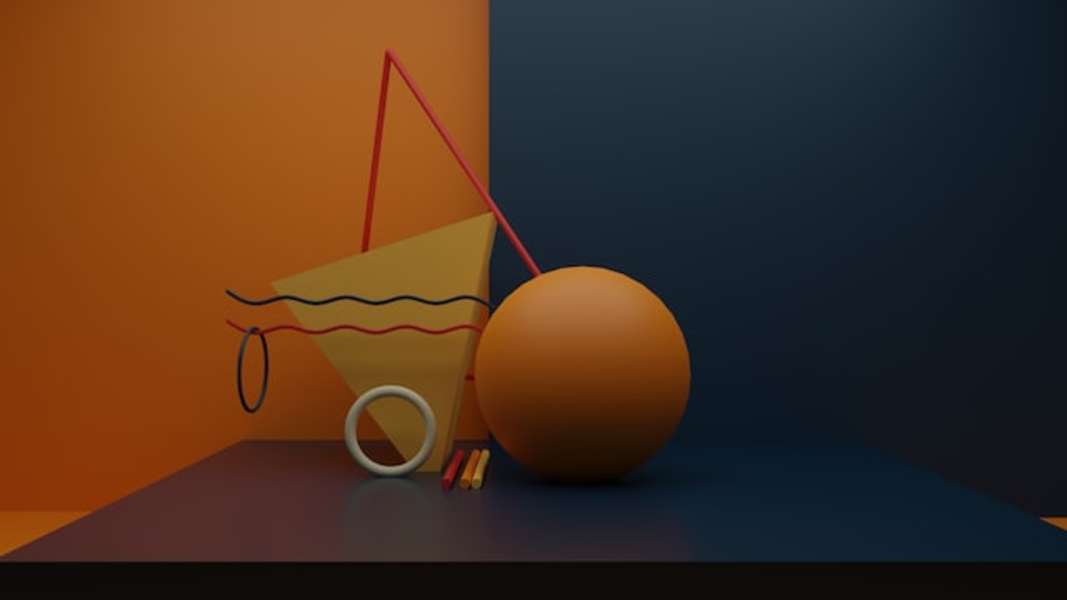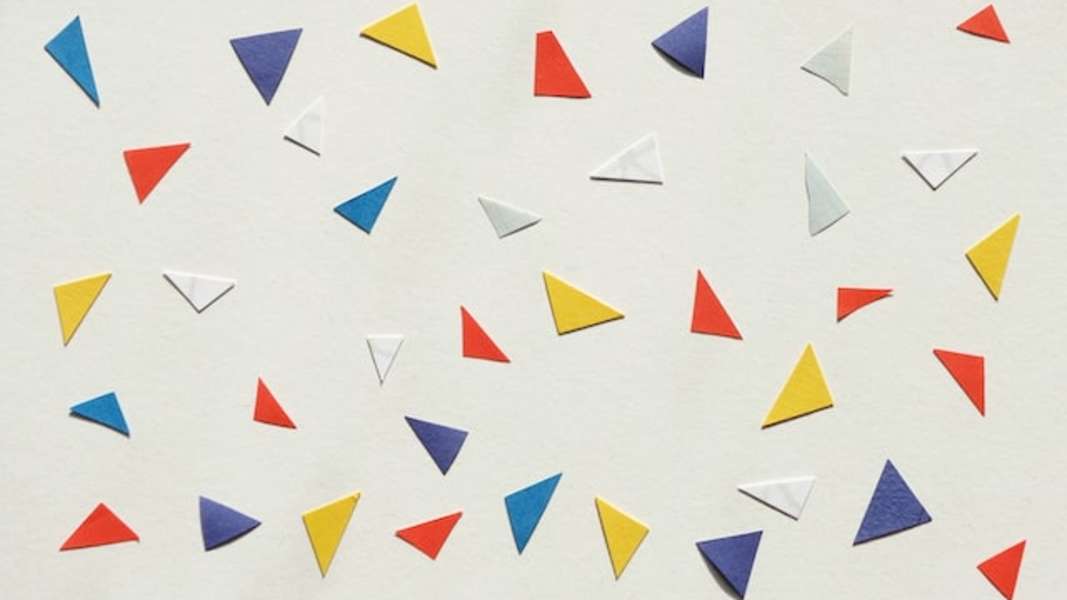What is spatial reasoning?
Spatial reasoning is the practice of mentally manipulating shapes into their two and three-dimensional forms. In doing so, you show an innate understanding of how different shapes are formed and how they fit together, which is a useful skill in many industries including science, engineering and architecture.
Historically, spatial reasoning was often considered to be an innate skill that some people possessed and others didn’t. However, the more modern school of thought is that it’s certainly possible to improve your spatial reasoning skills through targeted practice.
Indeed, exercising your spatial skills has been proven to improve your overall abilities in subjects as diverse as math, science and art.
What skills should you improve?
Spatial reasoning tests are designed to assess a wide range of different spatial skills. If you’re preparing for such a test, or just looking to improve your spatial skills, it’s worth working through these different spatial reasoning areas in order to boost your speed, accuracy and understanding.
Identifying patterns
Identifying patterns is a really useful skill and one that can definitely be improved through practice.
Look out for clues, rotations, color changes, vertical or horizontal movements and changes in shape or size — all of these things can help you identify the visual patterns needed to complete a sequence or correctly answer the question.
It can be helpful to make a mental checklist of these key patterns. That way, if you’re working through a challenging question, you can call on this checklist to help you identify the pattern that will lead to the correct answer.
Three-dimensional thinking
Three-dimensional thinking is all about taking a two-dimensional shape or object and visualizing it in its three-dimensional form.
Used often in architecture and engineering, it’s a really useful skill that can be put to practice in lots of different areas.
This is certainly something that’s honed by practice. So start with simpler shapes, and build up to more complex ones as and when you feel confident and ready.
Movement visualization
Rotating shapes mentally can be really hard at first, but the more you practice doing it the better you’ll get.
If you’re struggling, start small and then work up to something bigger or more complex. Remember there are also many resources on the internet that can help you put the technique into practice.
Shape matching
The art of shape matching is looking at shapes in different layouts or rotations before using your skills to determine which ones are the same.
Getting to grips with objects in their two and three-dimensional forms can help to make this task easier.
It’s also important to watch out for reflections — used to throw people off, reflections make the test more complex and challenging.
Matching mirror images
The mirror images task requires you to select the mirror image (otherwise known as the reflection) of the two or three-dimensional image you’re presented with.
Practicing with a physical mirror until you feel comfortable taking your learnings forward on your own is the best way to prepare for this section of the test, or to just boost your understanding of mirror images.
Navigating with a map
This is a nice easy one to practice in day-to-day life, by challenging yourself to navigate from A to B.
On a spatial reasoning test, you’ll be given a two-dimensional plan and asked to use it to get to a certain destination.
Tips for practice
Tip 1: Use practice tests
Using practice spatial reasoning tests can help structure your practice (even if you’re not taking a spatial reasoning exam) and improve your speed, accuracy and confidence.
Taking the test in exam conditions is really important as it’ll simulate what it’s like to take a real test and ensure you’re utilizing your skills in the timeframe needed to pick up those all-important marks.
At the end of the test, go through your answers and identify areas of strength and weakness. This will help you hone your revision and make it clearer which subjects you might need to spend more time on.
Tip 2: Work on your weaker areas
Using practice tests can be a really helpful way of determining where your strengths and weaknesses lie.
Once you’ve had a go at a few different spatial reasoning exercises, make sure you go back and see which questions you got wrong, which took you the longest and which areas you don’t feel comfortable in — these are the areas to focus on.
Start by breaking down the problems into their simplest form and doing beginners exercises. If you’re still struggling with the concept, ask for help or see if you can find a helpful tutorial online.
The more you work in the areas you find tricky, the better your spatial reasoning skills will get.
Tip 3: Think outside the box
Practicing spatial reasoning skills can get tiring if you don’t vary the exercises you do.
Try to think about how you can bring spatial reasoning to life in your everyday world. Get out a physical mirror to practice reflections and mirror images, use Google maps to simulate navigation tests, put together a 3D model, or ask a friend or family member to set you challenges based on your spatial reasoning practice.
Not only will your brain be stimulated, you’ll also learn new and unique ways to boost your spatial reasoning skills.
Tip 4: Look for patterns and rules
As well as showcasing your shape knowledge, spatial reasoning requires you to exercise your ability to find logic, patterns and sequences from seemingly random or scant bits of information.
When you’re looking at any of the questions presented to you on a spatial reasoning test, it can be really helpful to look for patterns and rules to make finding the right answer easier.
This gets easier with more practice, but involves going through a bit of a mental checklist in your head to see if the shapes in front of you follow certain patterns. For example, look for color variations, multiplications, rotations and numbers. Just assessing these different variants can make it quicker and easier to identify the rules that will lead you to the answer.



